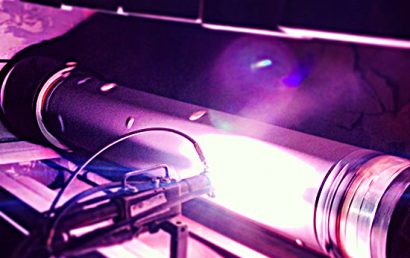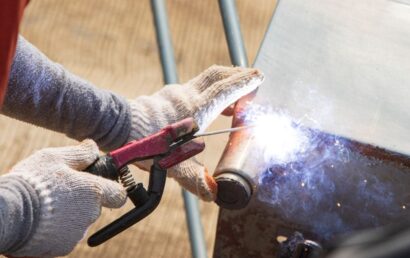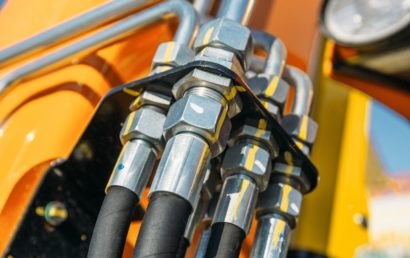Thermal Spray Process Showcase: Spray And Fuse Hardfacing
If you are looking for high quality thermal spray coatings, A&A Coatings is the brand you can trust. We specialize in a wide range of thermal spray coating processes and can tailor coatings that your company needs. One of the processes we can perform is the spray and fuse hardfacing process. We often use this spray process to achieve a metallurgical bond by fusing the coating to the substrate. For this thermal spray process showcase, we will give a primer on the spray and fuse hardfacing process.
What is Spray & Fuse Hardfacing?
Hardfacing is recognized as the process of depositing thick coatings of hard materials on new or worn component surface. These coatings possess wear resistance properties and are beneficial to parts that are often subjected to wear in service. The usual ways to apply the hardfacing layer include welding, spray-fuse and thermal spraying processes.
What are the Capabilities of this Thermal Spray Process at A&A Coatings?
Through the spray and fuse hardfacing process, we can deposit a wide range of materials onto a substrate. The process has the capability to coat parts such as:
- Agitator Impellors
- Grinding Hammers
- Wear Rings
- Exhaust Fan Blades
- Pistons
- Pump sleeves
- Thermowells
- Guide Rolls
- Mono Pump Shafts
- Mill Hammers
- Boiler Tubes
- Plungers
- Compressor Rotor
- Sealing Strips
What Types of Materials Can You Choose for this Process?
Typical hardfacing materials you can choose to use are cermets such as alumina-based and WC-Co ceramics. These materials can be used to create coatings that are approximately 0.3mm thick. Coatings produced by this process are also referred to as self-fluxing overlay coatings. They are first applied to the surface of the component via a flame spraying process. Next the coating materials and surface are fused together using an RF induction coil or an oxyacetylene torch.
It is normal for the fused coating to wet the substrate surface and produce a coating that’s metallurgically bonded to the desired substrate. Note that it is free of porosity as well! During the spray-fuse process, one can choose from a decent rage of alloy types to be used. However, the most used types are based on the Ni-Cr-Co-Bo-Fe-W-WC alloy system. The melting point of these alloys usually depends on their composition, and it can range from 980 to 1200°C.
The Functionalities You Can Achieve with Hardfacing Coatings
When it comes to hardfacing, you can benefit from the fantastic range of surface functionalities of the process. Below is a quick look at the common functionalities that can be achieved:
- Low oxidization and distortion rates
- Edges that can be easily surfaced
- Corrosion resistance
- Impact resistance
- Chipping resistance
- Extremely hard coatings
- … and more!
Choose the Spray and Fuse Hardfacing Process for Your Coatings Today!
At A&A Coatings, we are industry-leading experts for an innovative range of thermal spray coating processes, spray and fuse hardfacing included. When you engage us for your coating needs, you can benefit from our many years of expertise and experience. Have specialized application requirements? No worries. We have the knowledge and industrial grade spray and fuse hardfacing equipment to meet all of your coating needs. If you wish to find out more about using the hardfacing process for your coatings, don’t hesitate to call or email us today!



